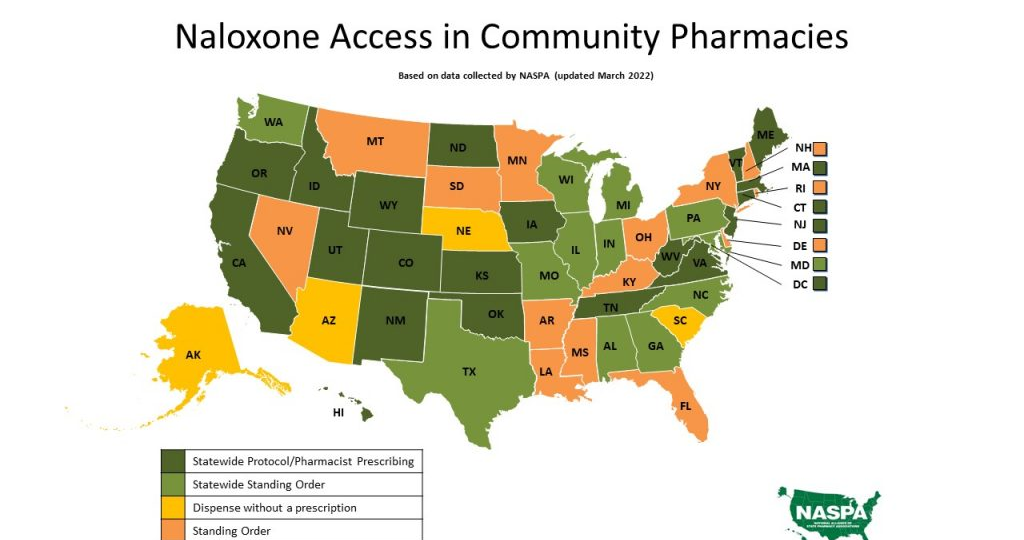
Related Posts

Using Public Health Detailing to Increase Access and Confidence in COVID-19 Vaccines and Reinvest in Disproportionately Impacted NYC Communities Go…

The pharmacy industry sees at least five changes

Implications for Patients
Once the continuous enrollment ends, it is estimated between 5 -14 million individuals will be affected
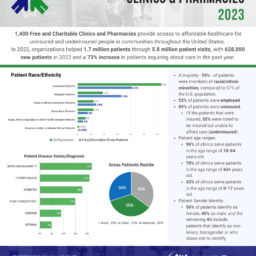
Want to learn more about Free and Charitable Clinics, Charitable Pharmacies and the medically underserved?
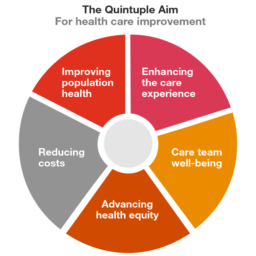
Patients taking opioid dosages at or above 50 MME/day are twice as likely to overdose compared to those taking 20 MME/day, and the risk further increases as the MME/day increases.
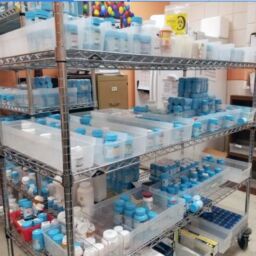
This study represents a rigorous, multi-state evaluation that highlights the impact of a charitable medication access program on hospital utilization for the medically under-served population.
Good Pill will provide direct access to hundreds of life-saving medications and save families $150+/month on healthcare cost

NABP Associate Executive Director Josh Bolin on DSCSA compliance prior to FDA moving compliance deadline.
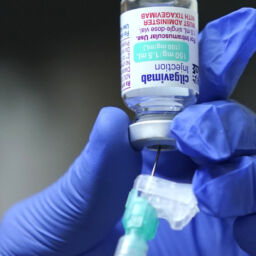
How a ‘weighted lottery’ helped underserved patients get a scarce Covid drug

A Fireside Chat with AAM Chair, Christine Baeder and Mark Cuban, Entrepreneur and Cost Plus founder

How is a charitable pharmacy different from other types of pharmacies?

Medication non-adherence has led to at least 100,000 preventable deaths each year and $100 billion annually in preventable healthcare costs in the United States
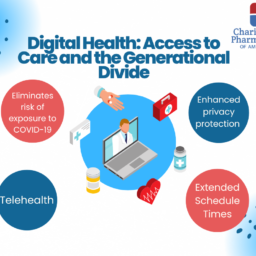
Just as banks have helped seniors bridge the digital divide and leverage online banking to better manage their money, healthcare organizations need to help older adults leverage digital technology to better manage their health.
We estimate that if the PHE expires in April 2023, 18.0 million people will lose Medicaid coverage in the following…
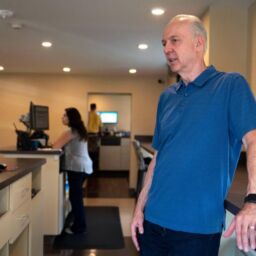
‘Unbelievably good price’: KC-area pharmacy dispenses bargain medicine — and hope Go to article

